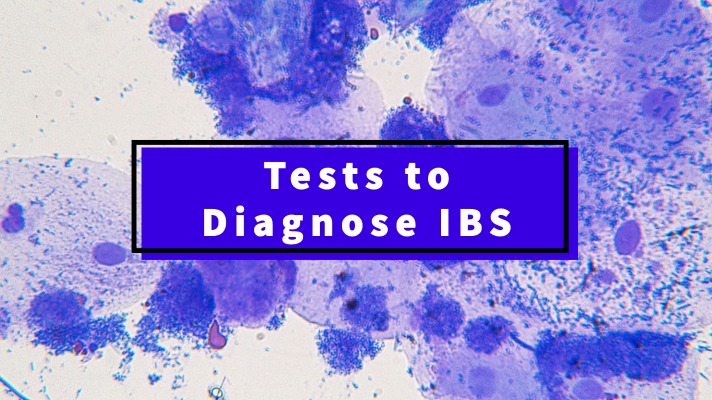What are FODMAPs
FODMAPs are short chain carbohydrates that are poorly absorbed in the small intestine that can cause or worsen digestive symptoms for people with IBS and other gut disorders. Although they are grouped together, they are in fact different types of carbohydrates and vary in the manner in which they induce symptoms.
FODMAPs stand for: Fermentable, Oligosaccharides, Disaccharides, Monosaccharides, and, Polyols
Why Fermentable?
These group of carbohydrates are highly fermentable, serving as energy for our gut bacteria. Since they are poorly digested in the small intestine, when these FODMAPs reach the colon they are rapidly fermented by the bacteria living there. It is this fermentation process which results in symptoms like bloating and gas.
FODMAP | About | Found in |
|---|---|---|
Oligosaccharides | Oligosaccharides (Oligo – also stands for a few) which have the longest chain length of the FODMAPs are made up of 3 to 7 monosaccharides. | Legumes, wheat, rye, barley, garlic, leek and onions |
Galacto-
oligosaccharides
(GOS) and Fructans | ||
Disaccharides | Disaccharides (Di – meaning two) contain two monosaccharides | Milk, buttermilk, goats milk, milk kefir, evaporated milk |
Lactose | ||
Monosaccharides | Monosaccharides (Mono- which also stands for one) are single sugars. | Apples, pears, watermelon, mango, honey, high fructose corn syrup, sugar snap peas |
Fructose | ||
Polyols | Polyol (poly- stands for many and ol- for alcohol) are sugar alcohols containing multiple hydroxyl groups. They aren’t sugars or alcohols, but are named so due to their structure partly resembling sugar and alcohol. | Apples, Apricots, Blackberries, Cauliflower, Mushrooms, Snow peas, products that use artificial sweeteners |
Sorbitol, Mannitol |
What Is The FODMAP Diet?
The FODMAP diet, a treatment strategy used to manage IBS, is an elimination diet and should not be followed for prolonged periods as many high FODMAP foods are nutritious and natural prebiotics which are beneficial for the gut . There are three stages in the FODMAP diet: elimination, reintroduction and personalization phases. It’s NOT a long term diet, it’s a process of exclusion and then reintroduction to determine which FODMAP groups and/or foods are associated with your symptoms.

Think of it as a scientific experiment on yourself with n=1 or in other words only 1 test subject. Remember there are plenty of high FODMAP foods that are healthy and rich in essential nutrients. Hence why it is recommended to follow the FODMAP elimination process with a certified dietician who has a FODMAP accreditation.
People who are sensitive to FODMAPs sometimes find that eliminating gluten and dairy products that cause people with IBS causes them to feel better. It is the presence of FODMAPs in these ingredients rather than a gluten or dairy intolerance that is the cause. In such cases there may be certain quantities of these foods which can be consumed without triggering symptoms, which is why it is important to properly follow the phases of the FODMAP diet.


